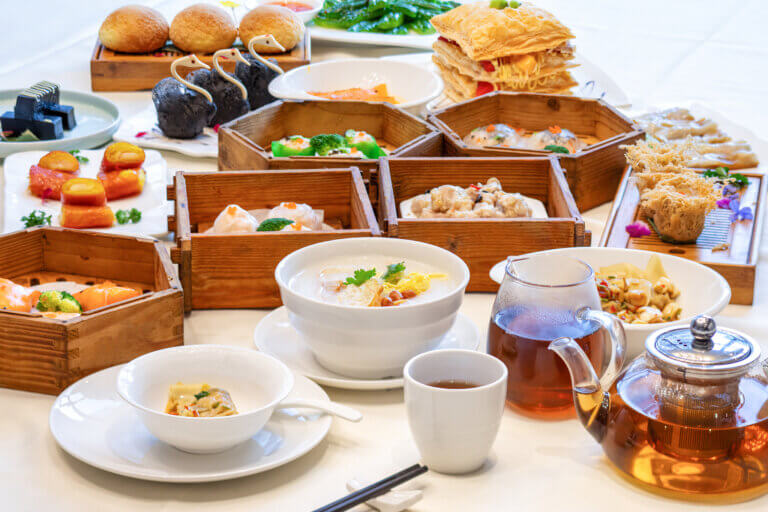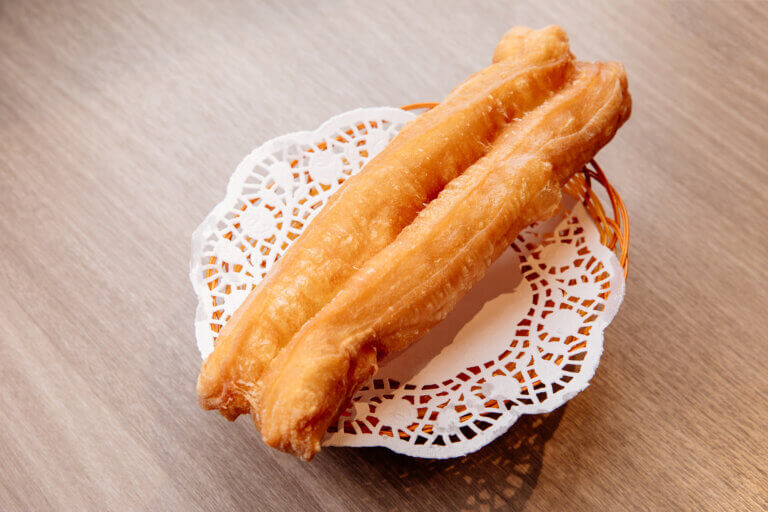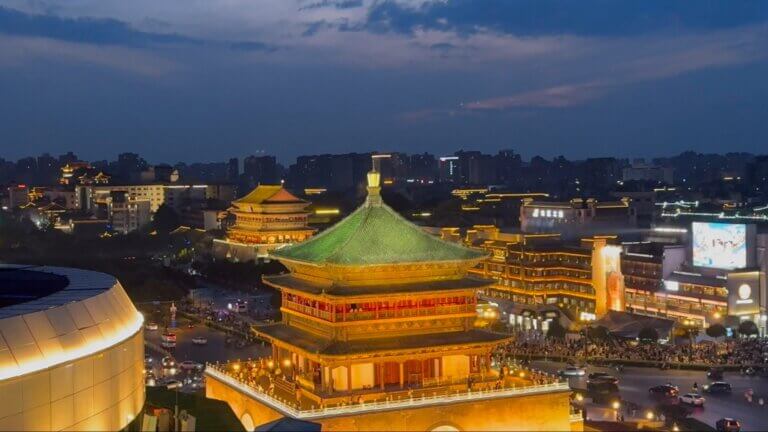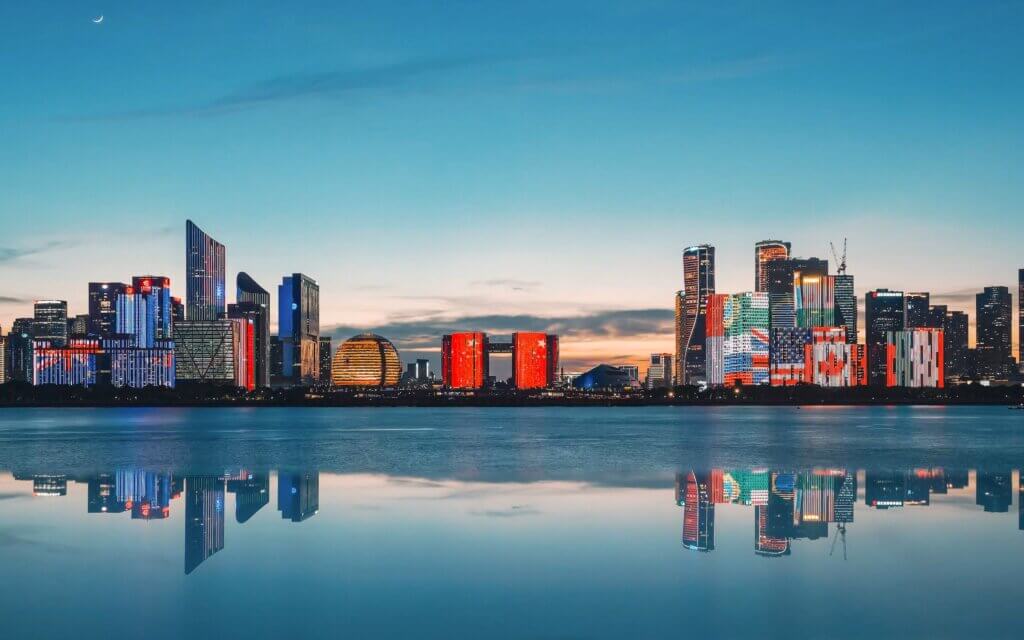
1. When Food Becomes Poetry: Huai’an’s Culinary Soul
My first whiff of Huai’an’s air carried the scent of vinegar-kissed broth and fried dough – a sensory welcome mat to China’s “Capital of Huai-Yang Cuisine.” Unlike the fiery boldness of Sichuan or Cantonese extravagance, this canal city’s food philosophy whispers elegance. Chefs here treat cooking like calligraphy, transforming freshwater treasures from the Grand Canal and Hongze Lake into edible art.
At “Old West Street Eatery,” I watched a chef fillet a yellow croaker with surgical precision. “We don’t just feed stomachs,” he grinned, “we recreate lake breezes on the plate.” This is Huai’an’s essence: every dish tells stories of its 2,500-year history through balanced textures and seasonal harmony.

2. The Dance of Five Flavors: What Makes Huai’an’s Palate Unique
Huai’an tastebuds waltz to a different rhythm. The signature xián xiān (咸鲜) flavor profile – a delicate salty-umami balance – makes even simple tofu taste profound. Through my 9-day feast marathon, three patterns emerged:
Freshwater First
With 75% of the city surrounded by water, expect masterful preparations of:
- Silver fish (crispy $3.50 appetizers)
- Mandarin fish (steamed with black beans $12)
- River shrimp (stir-fried with tea leaves $8)
Sweetness as Seasoning
Locals add sugar like Europeans use salt – a pinch in savory dishes enhances without cloying. The iconic chǎomian (fried noodles $2.50) proves this magic.
Soup Culture
“Meal without soup is like sky without stars,” my homestay host declared. From morning húntun (wonton 1.20)tomidnight∗yaˊngroˋutaˉng∗(lambsoup1.20)tomidnight∗yaˊngroˋutaˉng∗(lambsoup4), liquid gold flows through daily life.
3. The 7 Wonders of Huai’an’s Food Scene
(1) Soft-Sheathed Eel (软兜长鱼 $15)
The city’s pride – silky river eels bathed in black vinegar reduction. Best enjoyed at Zhenhuai Restaurant where chefs use 200-year-old brass pans.
(2) Crab Soup Dumplings (文楼汤包 $10/6pc)
These translucent pouches hold an entire crab’s essence. Pro tip: Sip through straw first!
(3) Píngqiao Tofu (平桥豆腐 $6)
Diced tofu swimming in amber-colored broth with dried scallops – texture heaven.
**(4) Lion’s Head Meatballs (狮子头 8)∗∗Pork−shrimporbssotendertheyquiver.Thevegetarianlotusrootversion(8)∗∗Pork−shrimporbssotendertheyquiver.Thevegetarianlotusrootversion(7) astonishes.
(5) Sesame Seed Cakes (车桥烧饼 $0.60)
Wood-fired pockets stuffed with scallion or red bean. Perfect canal-side snack.
(6) San Sui Noodles (三碎面 $3)
A peasant’s masterpiece – hand-torn noodles with pork scraps and pickled vegetables.
(7) Hongze Lake Lobster (洪泽湖龙虾 Market price)
June-August specialty. Choose between 12 spice levels at Old Pier Shack.
4. Dining Like a Local: Essential Etiquette
- Cash is King – 70% eateries (especially street stalls) prefer cash. Budget $15/day for food.
- Timing Matters
Breakfast 6:30-8:30 AM (don’t miss jianbing crepes)
Lunch 11 AM-1 PM (soup restaurants get packed)
Dinner 5-8 PM (reserve crab dishes in advance) - Spice Scale
State “wǒ yào wēi là” (I want mild spice) unless you’re ready for chili bombs. - Tea Rules
Never pour your own – it’s considered lonely. Let servers refill your cup. - Tipping
Not expected, but leaving $1-2 at upscale restaurants earns warm smiles.
Final Bite: Why Huai’an Stays With You
As I boarded the train clutching sesame cakes for the journey, I realized Huai’an’s magic lies in its edible contradictions – imperial banquet techniques serving rustic flavors, canal workers and scholars sharing the same noodle shops. This isn’t just a food destination; it’s where chopsticks become time machines, every bite connecting you to dynasties of chefs who turned necessity into artistry. Come hungry, leave enchanted – and maybe 2 pounds heavier.






